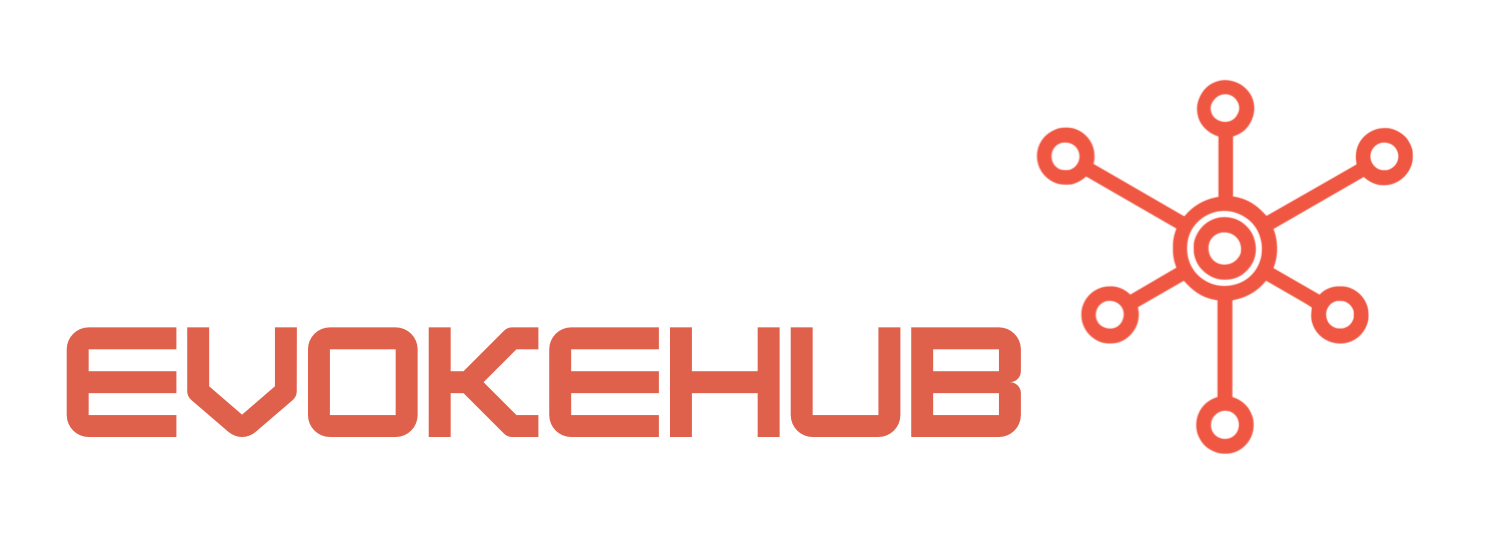Understanding Staff Augmentation Benefits for IT Projects in Thailand
Staff augmentation offers a flexible solution to address fluctuating project demands. By temporarily adding skilled professionals to an existing team, organizations can quickly scale their workforce to meet project requirements without the long-term commitment of hiring full-time employees. This flexibility is especially beneficial in the dynamic IT landscape, where project scopes can change rapidly. Companies can respond to evolving needs more effectively by tapping into Thailand’s vast talent pool, which is rich in software development, data analysis, and other IT-related skills.
Cost efficiency is another significant advantage of staff augmentation in Thailand. The country offers a competitive labor market, which allows organizations to access high-quality talent at a fraction of the cost compared to Western countries. This cost-effectiveness enables companies to allocate their resources more strategically, investing in critical areas such as technology infrastructure or advanced training for current employees. As a result, businesses can achieve better project outcomes while maintaining a healthy bottom line.
Moreover, leveraging Thailand’s diverse workforce can enhance innovation within IT projects. With a blend of local and international talents, organizations can benefit from various perspectives and ideas, leading to more creative solutions. Thailand’s emphasis on education and training in technology further ensures that augmenting staff can bring not only experience but also fresh insights into best practices and emerging trends in the IT sector.
Key Strategies to Implement Staff Augmentation Effectively
To make the most of staff augmentation, organizations must first identify their specific project needs. Understanding the skill sets required and the number of professionals needed at different stages of the project is crucial. Conducting a thorough analysis of project requirements can help companies avoid over-staffing or under-staffing, ensuring that the augmented team seamlessly integrates with existing personnel. Tools like Project Management Software can aid in planning and resource allocation.
Establishing clear communication channels between permanent and augmented staff is another critical strategy. Effective collaboration is vital for project success, especially when team members are spread across different locations or cultures. Utilizing project management tools and regular check-ins can help bridge any gaps, fostering a cohesive work environment. Furthermore, setting clear expectations regarding roles, responsibilities, and project milestones can ensure everyone is aligned and working toward common goals.
Lastly, organizations should prioritize building relationships with reputable staffing agencies specializing in IT talent in Thailand. Collaborating with agencies that have a deep understanding of the local market can streamline the recruitment process and provide access to top-tier candidates who fit the project needs. Agencies like Robert Walters Thailand have a wealth of experience in connecting businesses with skilled professionals, allowing companies to focus on their core competencies while ensuring they have the right talent for their IT projects.
In conclusion, staff augmentation presents a compelling opportunity for organizations looking to enhance their IT project success in Thailand. By understanding the benefits of flexibility, cost efficiency, and innovation, as well as implementing effective strategies for integration and communication, companies can navigate the complexities of IT project management with ease. As the demand for skilled IT professionals continues to rise, leveraging the advantages of staff augmentation will be pivotal in driving growth and achieving strategic objectives in the technology sector.




